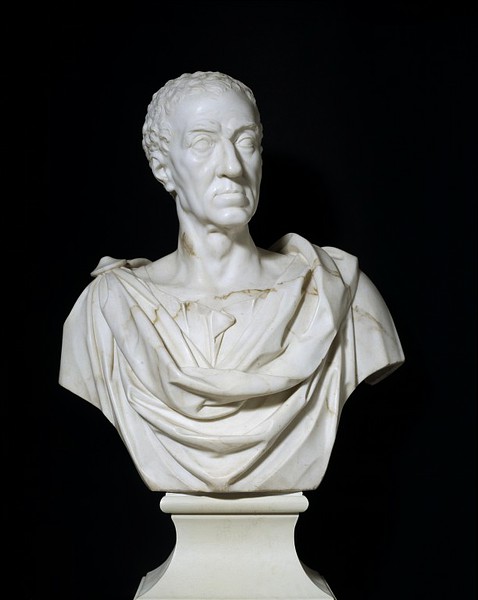

Trains run 06:00-23:00 every 30 mins (but hourly on Sundays), adult fare £2 to the city and £4.70 to Bangor. (It's walkable, the difficulty is in crossing the busy A2.) Sydenham is on the railway line from Portadown via Lurgan, Lisburn, a dozen stops downtown including Great Victoria Street, then west from Sydenham to Bangor on the coast.
WIKI BATTLE OF ARAUSIO FREE
Taxis might cost £11 to most parts of the city, but check at the outset whether the fare you're quoted includes the £2.50 airport supplement, else the fly beggar will try to add it on when you arrive.Įlsewhere: Sydenham railway station is 1 km southwest of the terminal and there's a free shuttle bus (or walk), enquire at the info desk. It runs 06:00-22:00 daily, taking less than 15 min, adult single fare is £2.60. ( updated Sep 2020)īetween BHD and city centre: Bus 600 runs every 30 min from the airport to Queens Square, Victoria Square, Wellington Place and Europa bus station. Eastern Airlines fly from Southampton, Exeter and Teeside, Loganair fly from Glasgow, Aberdeen and occasionally Dundee and Inverness. This is very close to the city and has flights mainly from the rest of the UK: British Airways and Aer Lingus have a code-share from London Heathrow, and KLM fly from Amsterdam, both with global connections. ( updated Sep 2020) Get in By plane Įasyjet is the main operator at Belfast International Airport George Best Belfast City Airport ĥ4.6147 -5.8707 1 George Best Belfast City Airport ( BHD IATA) ( Two miles east of city centre). They can book accommodation and tours, recommend itineraries and places of interest and sell you tacky souvenirs. The TIC is Visit Belfast, 9 Donegall Square North BT1 5GB ( facing City Hall), ☏ +44 28 9024 6609. This it received in 2012 with the opening of the Titanic Quarter east of the river. There was some mileage in "Troubles Tourism" but the final ingredient that Belfast needed was a new story to tell of itself with pride. Hotels, pubs and other visitor amenities re-opened, and the city's Victorian and Edwardian heritage re-emerged. Cautiously the city de-militarised and normalised, though the "Peace Walls" to separate warring communities still stand. There had been so many short-lived ceasefires and peace initiatives, and the Omagh bombing suggested that the GFA might be yet another - yet for the most part this one stuck. Barriers, checkpoints and armoured vehicles marked the junctions, helicopters throp-throp-thropped over a scarred, smoke-blackened city.īy the 1990s all sides were war-weary, and a confluence of political drives within Northern Ireland and externally from Britain, Ireland, the European Union and the USA led to the 1998 "Good Friday Agreement". Riots, shootings and bombings were the daily grist of the newsreels. Civilian rule broke down and the British Army was heavily deployed to keep order they too became targets of violence. All of Northern Ireland, but especially Belfast, then suffered a notorious 30 years of "The Troubles" from 1969. Tension rose between factions and communities, the Catholic minority faced blatant discrimination in many aspects of their lives, and both sides had a 200-year old tradition of paramilitary thuggery, which escalated. It slumped in the late 20th century as textiles and smokestack industries were lost to foreign competition. In 1921 Ireland was divided: Dublin and the Republic fell behind economically, while Belfast found itself the capital city of Northern Ireland and, after the Depression, busily tooling up to fight the Second World War. It sucked in labour, including Catholics moving off the land. It grew rapidly in the 18th century with the linen trade, and in the 19th with smokestack industry, especially ship-building along the estuary. Pre-industrial Belfast was a small provincial place. It's a slimy, thixotropic impediment to building - clay dug out of a trench quickly feels homesick and slides back in - and a deterrent to high-rise but Paris grew up on similar foundations. And besides the man-made channels and culverts, a great volume of water seeps through the alluvial silt on both sides of the Lagan. The tributary joining at that point, the Farset, is likewise named for the mud bank, not vice versa. The lowest point at which you could ford the river at low tide is where the Lagan road bridge now crosses, and in Irish this is Béal Feirste, "river-mouth of the sand-bank ford". The lower River Lagan is tidal and receives a dozen small tributaries (nowadays culverted) which drop their silt, forming banks of sand and mud. This noble city is named for a mud bank and built upon sludge.


 0 kommentar(er)
0 kommentar(er)
